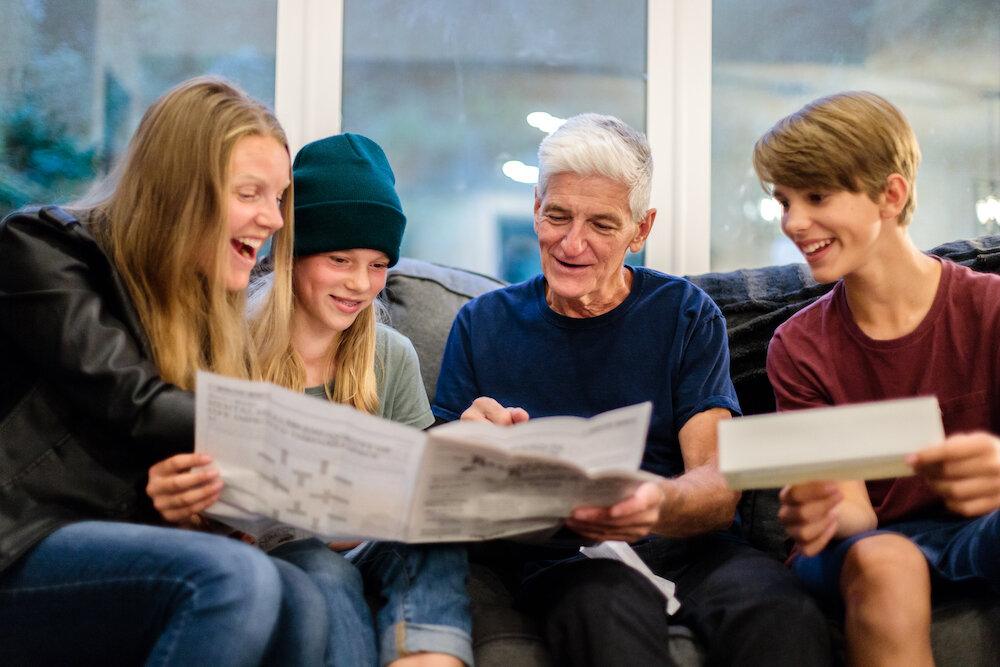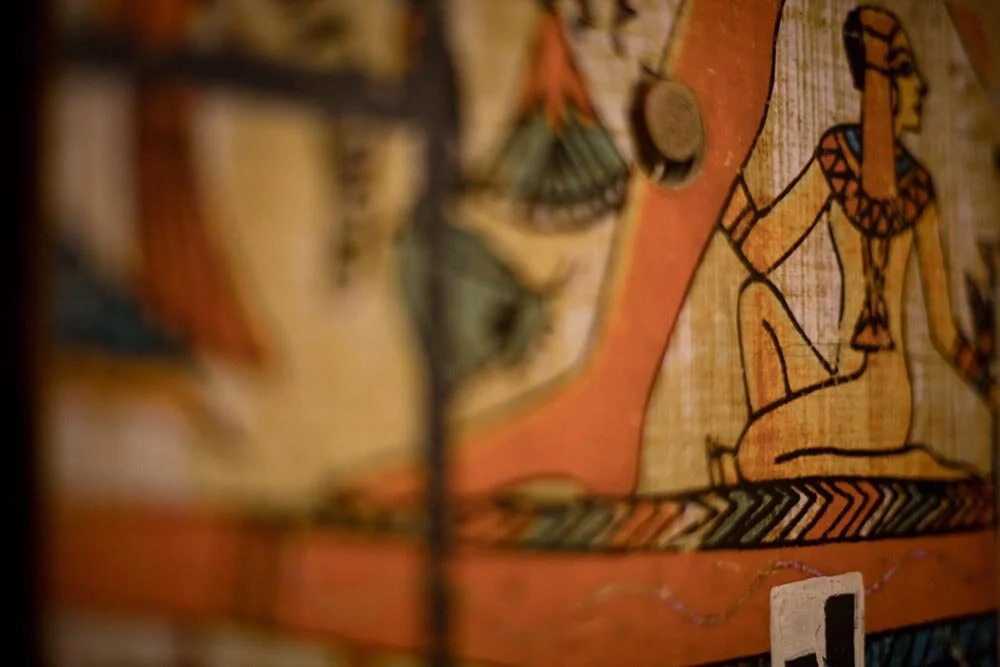Puzzles for adults vs kids
“Wonder, innate in the child, is an inner desire to learn that awaits reality in order to be awakened.”
Is there a difference between Puzzles made for adults vs kids?
What are the differences that make a puzzle age-appropriate?
How do you make a puzzle work for both kids and adults? Is it even possible to do so?
First, what is a puzzle?
We wrote a blog article recently that talked about the definition of a puzzle. We said a puzzle is:
“any sort of construction or communication intentionally designed to mystify the player until a verifiably correct solution is found.”
The interesting thing about kids is that they are in a constant state of learning - thus often mystified!
Conversely, adults grow to learn about certainty and often become less acquainted with mystery.
For kids, wonder and exploration is a normal reality for them. They build upon their knowledge bit by bit and the expansion of their understanding of reality is truly remarkable.
We live this reality at work and home
Co-founders Paul and Eric are both dads to little kids and they can attest to this incredible reality. In fact, over the sink in Eric’s house hangs this calligraphic artwork:
See the risk?
As adults we start to think we know all the things! We lose wonder. But we can recover it. At the risk of stating the obvious, we were all children once!
We have all experienced this rapid progression of knowledge, and in the process, we came upon a reasonable degree of certainty about a great number of things in our lives.
But ironically, our notion of certainty does not always help us solve puzzles, or retain our childlike wonder for that matter. Yet we desperately need it! As this Forbes article states, youth “haven’t formed any judgments about why the world is the way it is. They don’t care about how things have always been done.”
Certainty is not an accomplice to curiosity
This is why, as escape room designers, we repeatedly see youth and children do better at some aspects of the escape room than adults.
We’re not blaming adults. We have experienced a great deal more pain, confusion, disappointment etc than our younger selves could have conceptualized. But what if we healed? What if our younger selves could help us heal? What if we let go of that pain and returned to wholeness, what might our lives look like?
Escape Mail and #awakenwonder
We have always existed to awaken wonder. And we’ve never sought to exclude young or old in our games, because we believe that wonder is the natural state for the young, and its a healing state for the old.
So how do we make a puzzle work well for both youth and adults?
First, remember that “puzzles develop memory skills, as well as an ability to plan, test ideas and solve problems.” So something that’s very important is to level the playing field. Don’t ask an adult to rely on a highly advanced memory skill or the memories they’ve collected through years of experience. That would give them an unfair advantage. Also, play on the adult’s pre-conceived notions of how things should be. By challenging the norm, you’re offering the youth who does not have years of “norm” experience the opportunity to solve things with fresh perspective. And lastly, make the skill of “planning” very basic.
A great example of this in our escape rooms is the 6-piece puzzle in tomb of the pharaoh.
1 of 6 (or 8) tiles, depending on which level of difficulty you play in Tomb of the Pharaoh.
All it asks you to do as the user is combine 6-8 squares, all with flat edges, into a coherent image. Often, we find that adults assume a specific arrangement and then stop when they think they have it. Youth more often than not will think freely and change their approach, trying again if something does not work.
It’s an “easy” puzzle in that the basic function is simple. What’s challenging is the “unthinking” and “rethinking” that children are often great at.
We hear that in customer testimonials from Escape Mail players, such as Kerry Ann, who commented on the advantage of having younger perspectives while trying to solve episode 1:
Now, all that being the case, there are some key differentiators that make puzzles more or less age appropriate.
Differences between kid and adult puzzles
The first key difference is the use of language. If a puzzle relies on reading comprehension, then that is a skill that is either present or not in younger persons. The ability to easily scan a document, retain what is read, and understand the mechanics of language, words, syntax and even poetic devices like metaphor are crucial in many Escape Mail puzzles.
That’s why we recommend our games for age 10+, and even then, adult accompaniment is extremely helpful.
Another differentiator is the use of supports (or clues/hints). Many adults do not like to use hints or clues. They view them as a crutch, or a lack of independence. If an adult uses a clue, there’s often a sense of let-down or disappointment. For younger players (and this is more true the younger you go) we often see immense joy and satisfaction from receiving a clue. In the escape room context, offering a clue to a younger person often elicits a wide-eyed, exuberant, “THANK YOU”.
Why is that?
We think it’s because youth have not yet been trained to think that getting help is a sign of weakness. They don’t have the awareness of social dynamics and competition and doing “better” than others. Sometimes competitiveness can drive adults to succeed, but often it can inhibit a spirit of collaboration, openness and curiosity.
Recovering the wonder of youth
So how do you (assuming “you” is an adult!) recover and maintain a childlike sense of wonder.
Surprisingly, the answer is not as simple as “play more Escape Mail.”
Simply purchasing a product does not inherently change your outlook on life. No one can do that for you. Only you can decide how to be.
Only you can decide to take a closer look at something when it piques your curiosity.
Only you can choose to become a willing participant in a game when more “practical” matters could be attended to.
Only you can allow yourself to wonder about things, and to delve into researching them and uncovering their secrets.
And since beauty is what triggers wonder, then only you can attune to beauty through sensitivity (more on that below)!
You have the key to childlike wonder
All you have to do it use it.
PS. At the start of this article we quoted Catherine L’Ecuyer who has written an incredible article called “The Wonder Approach to learning”. There are so many good parts, but let’s just look at one. In the article, they make this phenomenal statement, “Beauty is what triggers wonder. Wonder attunes to beauty through sensitivity.” We endeavour to make our puzzles beautiful: to ensure the design is congruent, the images are appealing, the text is laid out well, etc. And in the process, by creating and communicating beautifully, we hope to trigger that wonder response in you, the puzzler. We’ll continue to get better and better at this as we develop more and more games, and we appreciate you following along on the journey.



